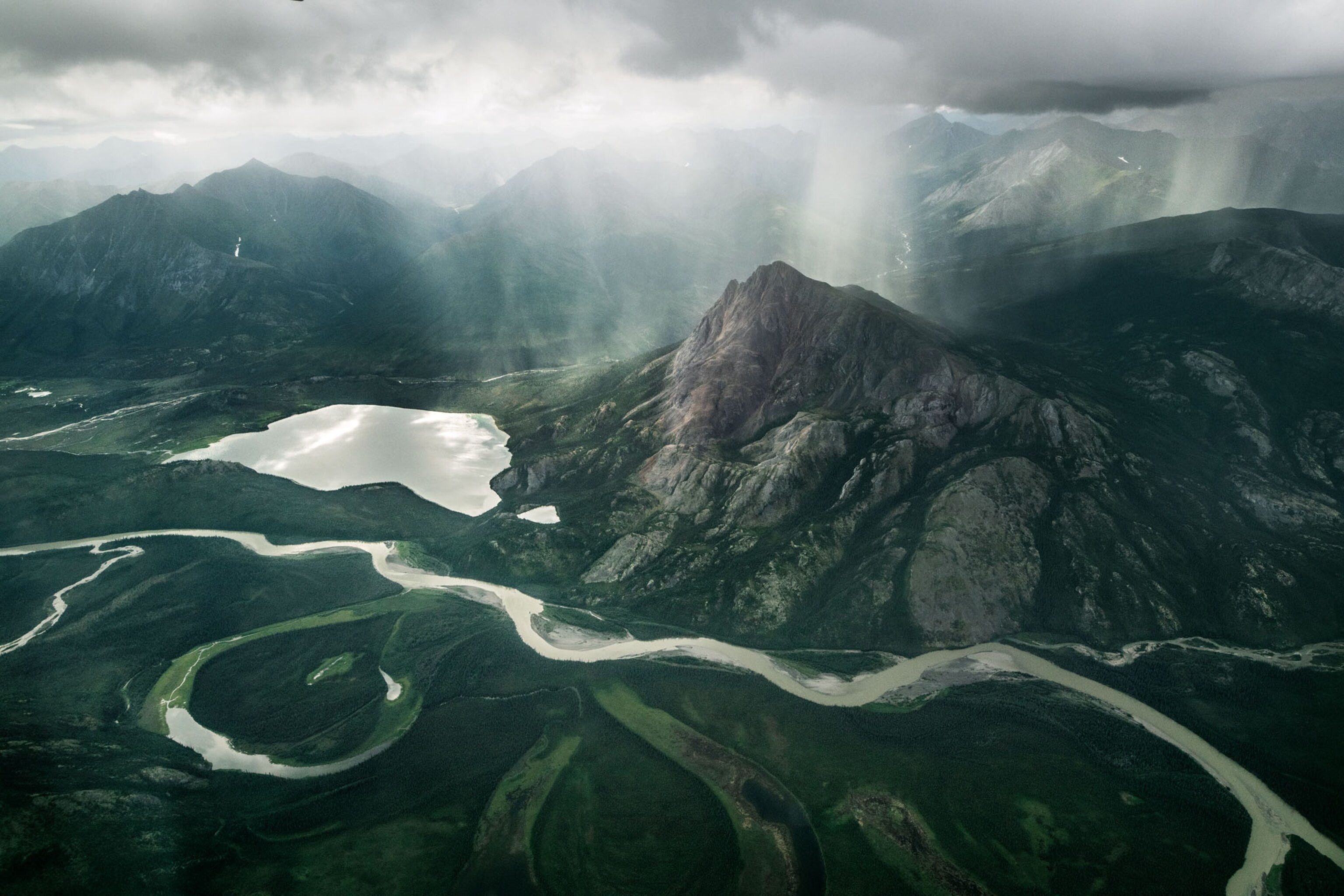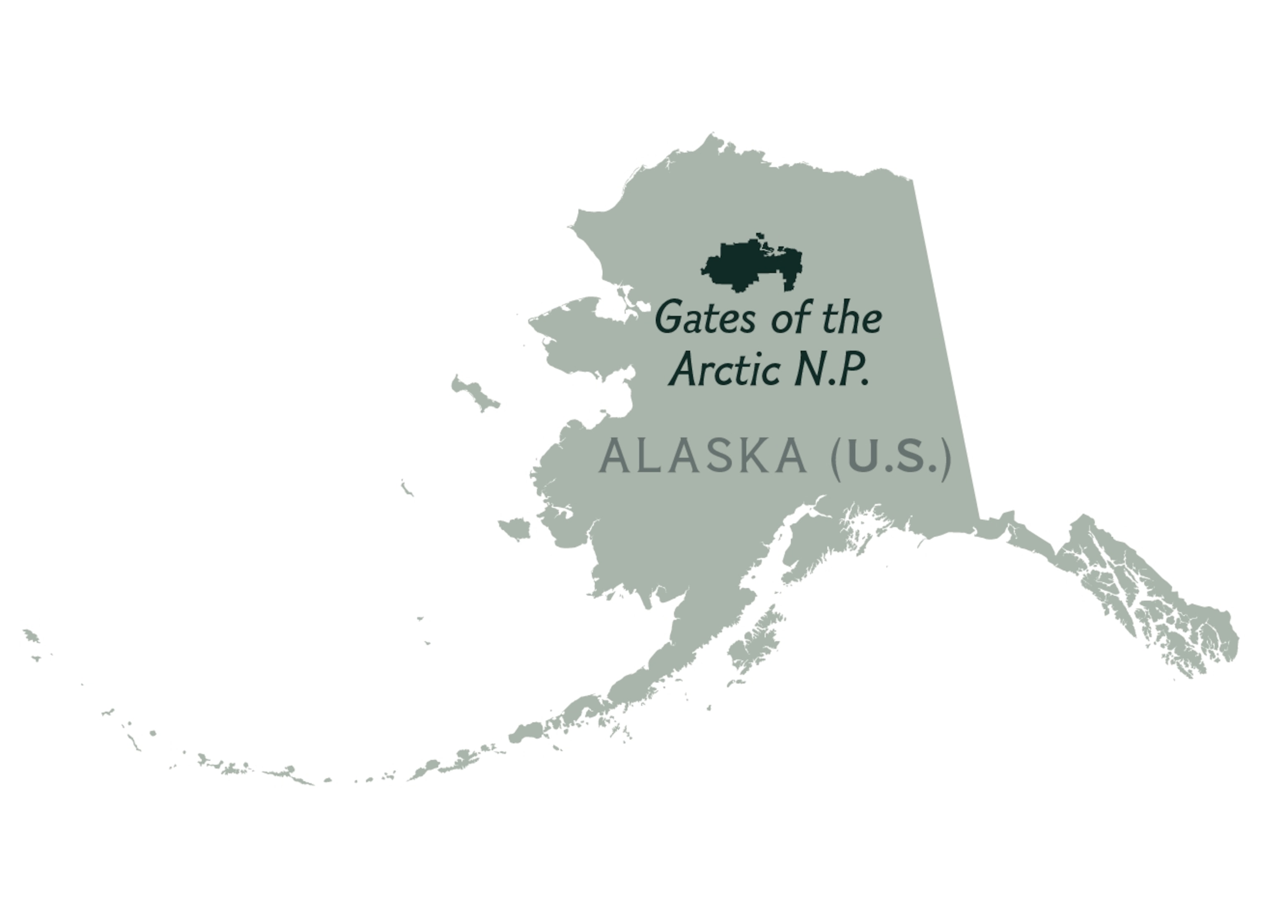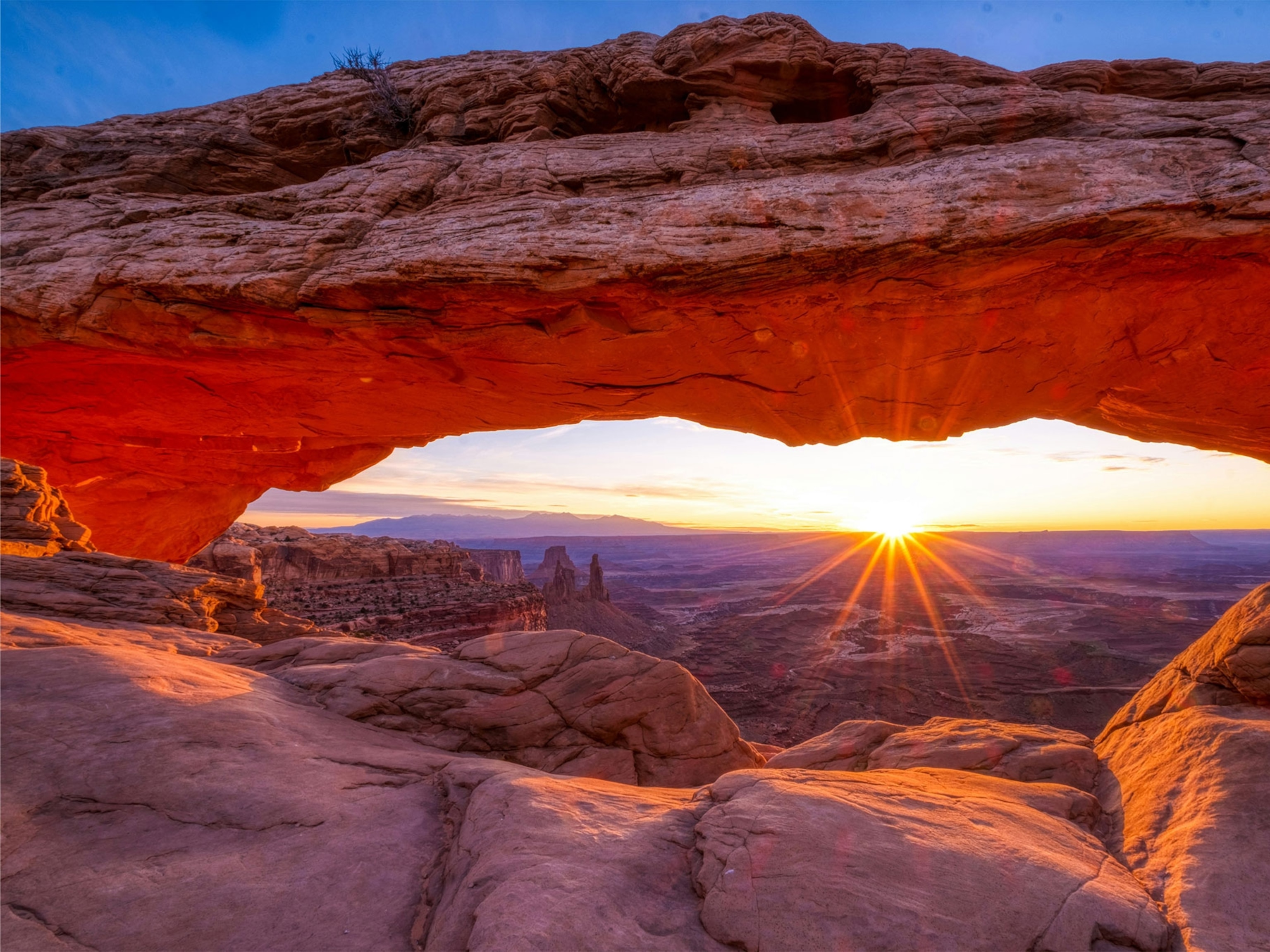
This U.S. national park above the Arctic Circle is an adventurer’s dream
Alaska’s Gates of the Arctic National Park features a rugged expanse of mountains, rivers, and wildlife.
This story appears in the April 2021 issue of National Geographic magazine.
Drawing fewer than 10,000 visitors a year—just a fraction of those at other U.S. national parks—this remote landscape lies in the Alaska interior, entirely above the Arctic Circle. Its more than 8.4 million acres give intrepid adventurers plenty of room to roam.
Getting around
Established in 1980 to protect undeveloped land—including part of the Brooks Range—and subsistence use by Indigenous people, Gates of the Arctic National Park challenges even the hardiest of travelers. Since there are no roads, most visitors fly from the communities of Bettles, Coldfoot, or Anaktuvuk Pass, then journey on foot or by rivercraft, skis, or dogsled. Those without extensive backcountry experience should consider a guided trip.

Natural wonders
The park’s dramatic vistas shelter a wide variety of animals. From May through July, the constant sunlight means endless viewing opportunities.
- Photographers marvel at the craggy ridges of the Arrigetch Peaks in the Brooks Range.
- Birders have reported more than 145 species, including the northern goshawk, short-eared owl, and arctic warbler.
- Traveling down the Noatak River offers a good chance to see musk oxen, brown bears, caribou, and the 8,276-foot Mount Igikpak.
(See more photos of Gates of the Arctic National Park’s landscapes and wildlife.)
Native culture
Anaktuvuk Pass is the only gateway town within the park’s borders. But the village is more than just a starting point for adventure; it’s a place to learn about the people who have lived off these lands for thousands of years. Home to the formerly nomadic Nunamiut people, the village features a museum that tells the story of their continued subsistence lifestyle, which depends heavily on the caribou. The caribou herd is now threatened by climate change and a planned mining road.
The more heartbeats I spend walking the tundra and floating the rivers, the more I am transformed.
Kiliii Yüyan, Photographer
By the numbers
0: Established trails in the park
45: Average annual snowfall, in inches
343: Population of Anaktuvuk Pass
Anchorage-based writer Jenna Schnuer covers travel, culture, science, and more. Find her on Instagram.




